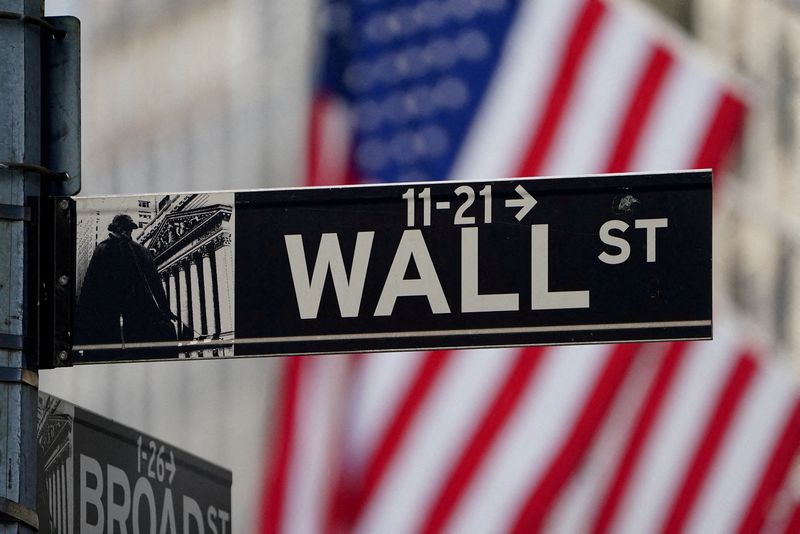By Davide Barbuscia
NEW YORK (Reuters) – A hedge fund arbitrage trading strategy that likely exacerbated a crash in the world’s biggest bond market in 2020 and has recently undergone regulators’ scrutiny could become less popular as its profitability wanes, according to Oxford Economics, an economic advisory firm.
So-called basis trades in U.S. Treasuries take advantage of the premium of futures contracts over the price of the underlying bonds. The trades – typically the domain of macro hedge funds with relative value strategies – consist of selling a futures contract, buying Treasuries deliverable into that contract with repurchase agreement (repo) funding, and delivering them at contract expiry.
But their profitability has been dented by rising borrowing costs in the repo market, Javier Corominas, director of global macro strategy at Oxford Economics, said in a note on Friday.
“The ongoing rise in actual repo rates (funding costs) has eroded the difference with implied repo rates,” he wrote. This “means that basis trades are no longer profitable as the gross basis is now close to zero.”
The Secured Overnight Financing Rate (SOFR), a measure of the cost of borrowing cash overnight collateralized by Treasuries, has risen sharply since the Federal Reserve started hiking interest rates last year. The implied repo rate is the rate of return of borrowing money to buy an asset in the cash market and delivering it in the futures market.
Economists at the Federal Reserve have highlighted potential financial vulnerability risks related to basis trades earlier this year as leveraged funds’ short positions in some Treasuries futures have been rising, suggesting an increase in this type of trading.
Leverage levels were very high in Treasuries during previous episodes of market stress such as September 2019, when dwindling bank reserves sent the cost of overnight loans as high as 10%, forcing the Fed to intervene. The unwinding of basis trades also likely contributed to a bout of illiquidity in Treasuries in March 2020, when the market seized up as fears about the coronavirus pandemic grew, prompting the U.S. central bank to buy $1.6 trillion of government bonds.
Speculators’ bearish bets on U.S. Treasury two-year note futures hit a new record high last week, Commodity Futures Trading Commission data showed. On the other hand, U.S. 10-year note futures’ net shorts, which have been broadly rising over the past year, have been trimmed in recent weeks and were at their lowest level since March as of last week.
“Less exploitation of this spread going forward suggests that financial stability risks emanating from forced selling of USTs (Treasuries) in an adverse bond market scenario have diminished,” said Corominas.
(Reporting by Davide Barbuscia; Editing by Richard Chang)
